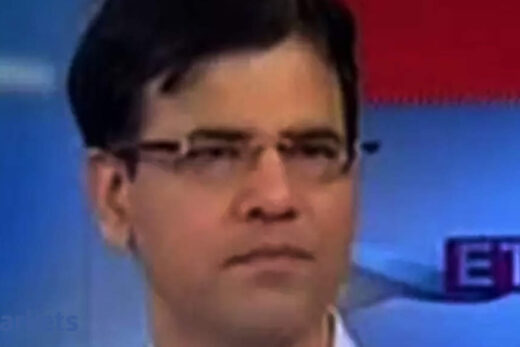Critics blame Modi for not debating the reforms before introducing them. Sorry, these issues have been debated for decades. Many expert committees have suggested similar reforms. So has the Congress party’s own election manifesto.
The existing system of highly subsidised agriculture induces high wheat surpluses at prices above world price, so massive unwanted stocks are neither eaten nor exported. Free electricity has encouraged over-pumping and the growing of water-intensive crops, destroying aquifers. The rice-wheat rotation has encouraged the burning of paddy stubble by farmers that injures and kills thousands through smoke pollution. Modi’s reforms were the first steps towards a new system. Whatever their flaws, they were backed by venerable farm organisations like the Shetkari Sanghatana in Maharashtra and Confederation of Indian Farm Associations in Andhra Pradesh. But they will not be voting in the coming state elections, and so the farmers of the north-west have triumphed.
The question arises: will Modi be a serious reformer in his second term? In his first term he was an incremental reformer, focusing on improving Congress-initiated welfare programmes and renaming them Swachh Bharat, Jan Dhan Yojana, Pradhan Mantri Awas Yojana and so on. He started in 2014 by proposing radical changes in land acquisition to speed up projects but was accused of helping big business at the expense of poor farmers. Lacking a Rajya Saba majority and facing vote losses in imminent state elections, he retreated.
But after winning a second term in smashing style, along with a near-majority in the Rajya Sabha, his second term promised radical measures. These included privatization of all but a limited number of PSUs; a National Monetisation Pipeline selling old infrastructure (ports, roads) to raise Rs 6 trillion to finance new infrastructure; overhauling the electricity sector plagued with gargantuan losses because of corrupt, politics-driven state-owned distribution companies; overhaul (including the privatization of several banks) of the financial sector to end the curse of high bad debts; and massive initiatives in renewable energy.
Retreat on farm laws must raise doubts on other reforms too. Many of them will cost votes too. Anti-reform groups within the BJP such as the Swadeshi Jagran Manch and Bharatiya Mazdoor Sangh were sidelined by Modi after his 2019 election victory. They will now be emboldened to protest from within.
Many expert committees and political veterans have concluded that the power sector cannot be made viable without privatising distribution companies, mostly state-owned. The Union Ministry of Power has even devised a standard bidding document for privatization. But an attempt at privatization in Uttar Pradesh ran into threats of an indefinite strike by electricity employees. The state government retreated and began negotiations with the trade unions to improve the pathetic performance of distribution companies. Does anybody think this will work?
If electricity reform fails in a state where the BJP has a massive majority, can it be done elsewhere? If the distribution companies remain bust and cannot pay suppliers, what will happen to future power generation and climate pledges that entail massive investment in renewable energy? Will investors invest the necessary trillions if the buyers of electricity — distribution companies — remain bust and are unable to pay dues?
Modi proposes sweeping privatization of PSUs. That would certainly provide funds for the government’s vision of massive new networks of expressways, pipelines, waterways, and high-speed trains. But every privatization will raise trade union protests, with Opposition parties fishing in troubled waters, exactly as in the farm agitation. If electoral considerations force Modi to call off privatization, foregoing revenue of trillions of rupees needed for his ambitious plans, how will he plug the financial gap?
GDP growth was slowing even before the Covid disaster. It peaked at 8.3% in 2016-17 and then declined to 7.1%, 6.1% and 4.2% in the next three years. This showed the need for further economic reforms to improve efficiency and productivity. That is now in doubt. Modi’s critics will rejoice at his discomfiture. But failure on the economic front will encourage the party’s most militant Hindutva factions. They can argue that the best winning platform is communal polarisation and tension. That would be the worst consequence of the surrender to farm agitators.



